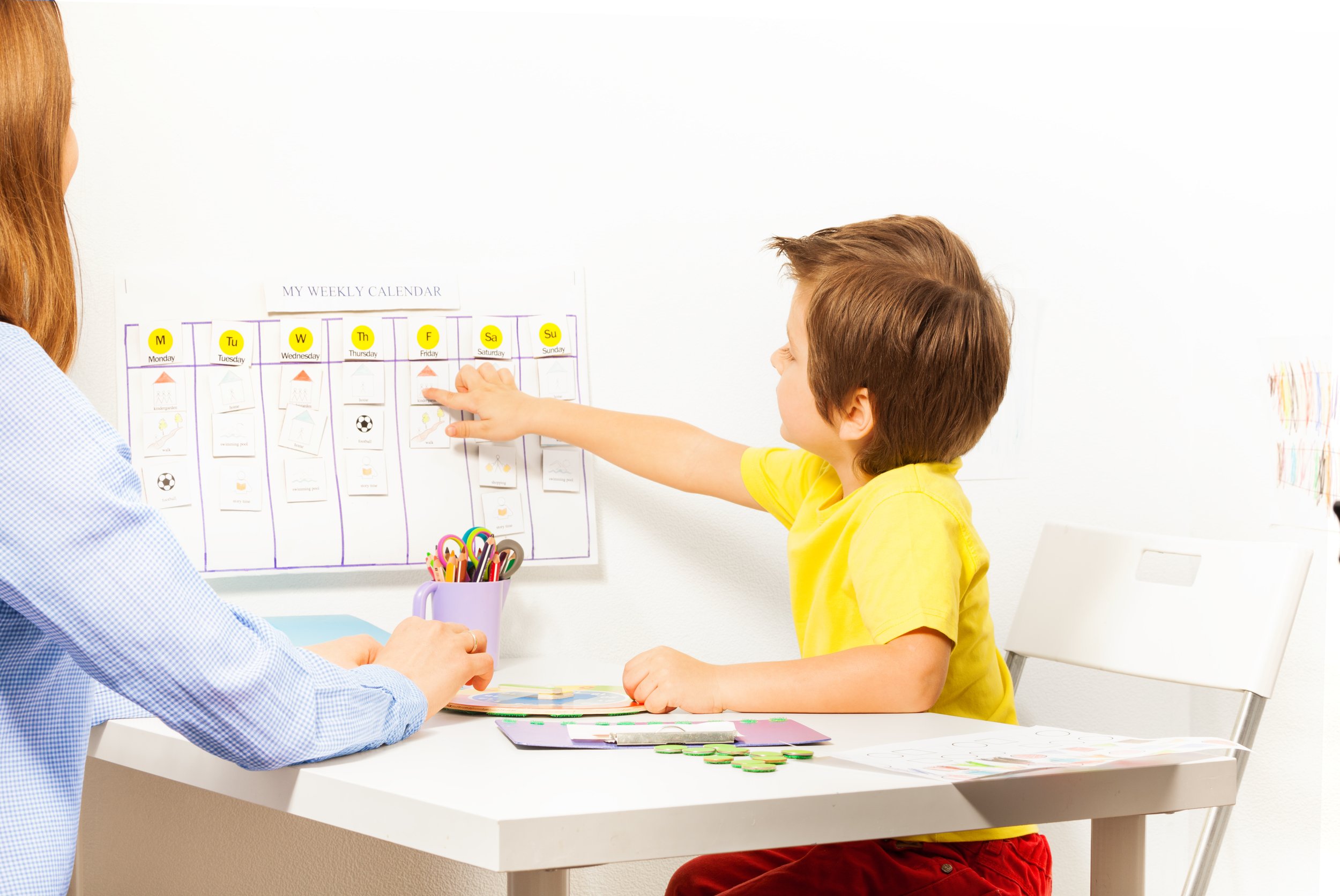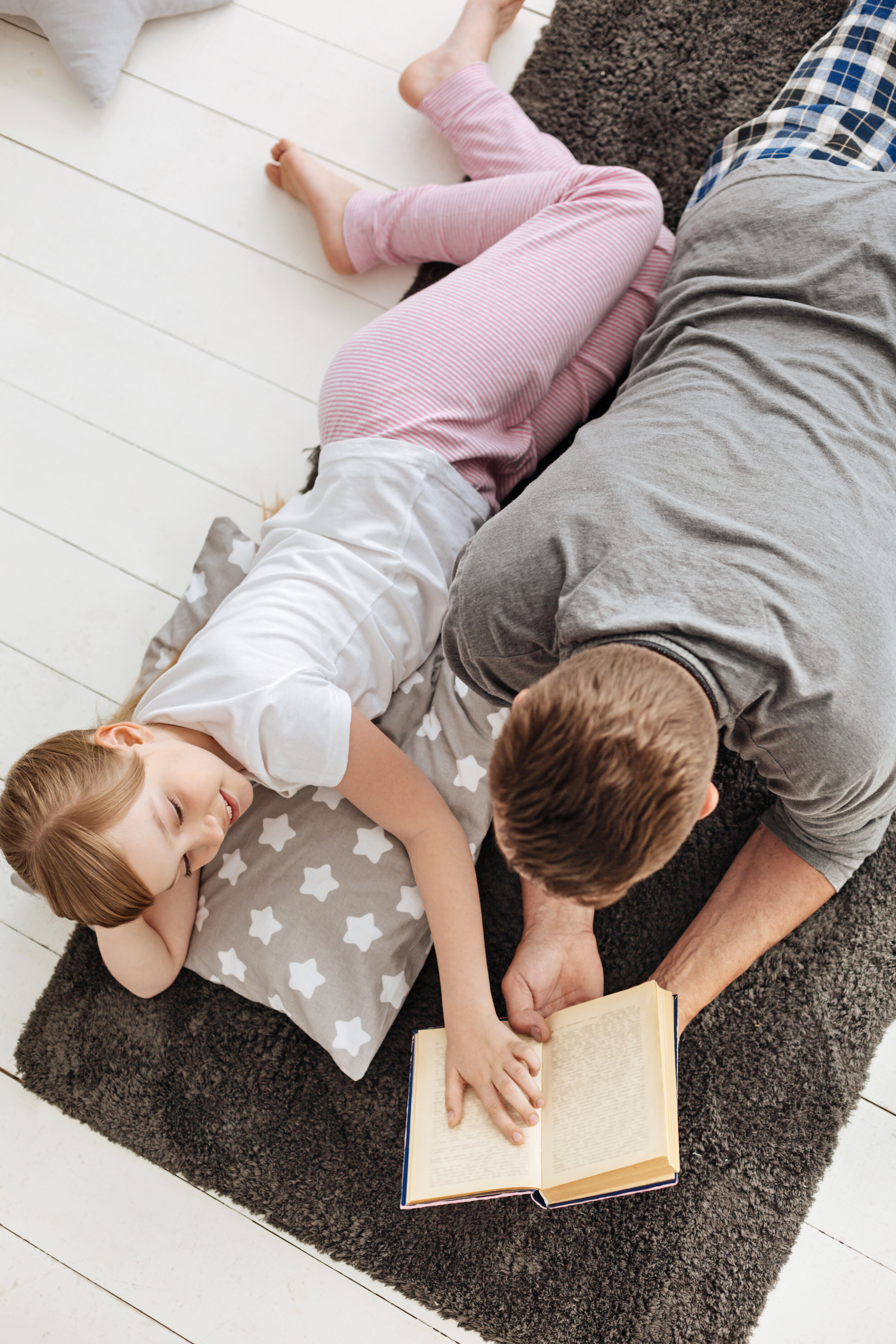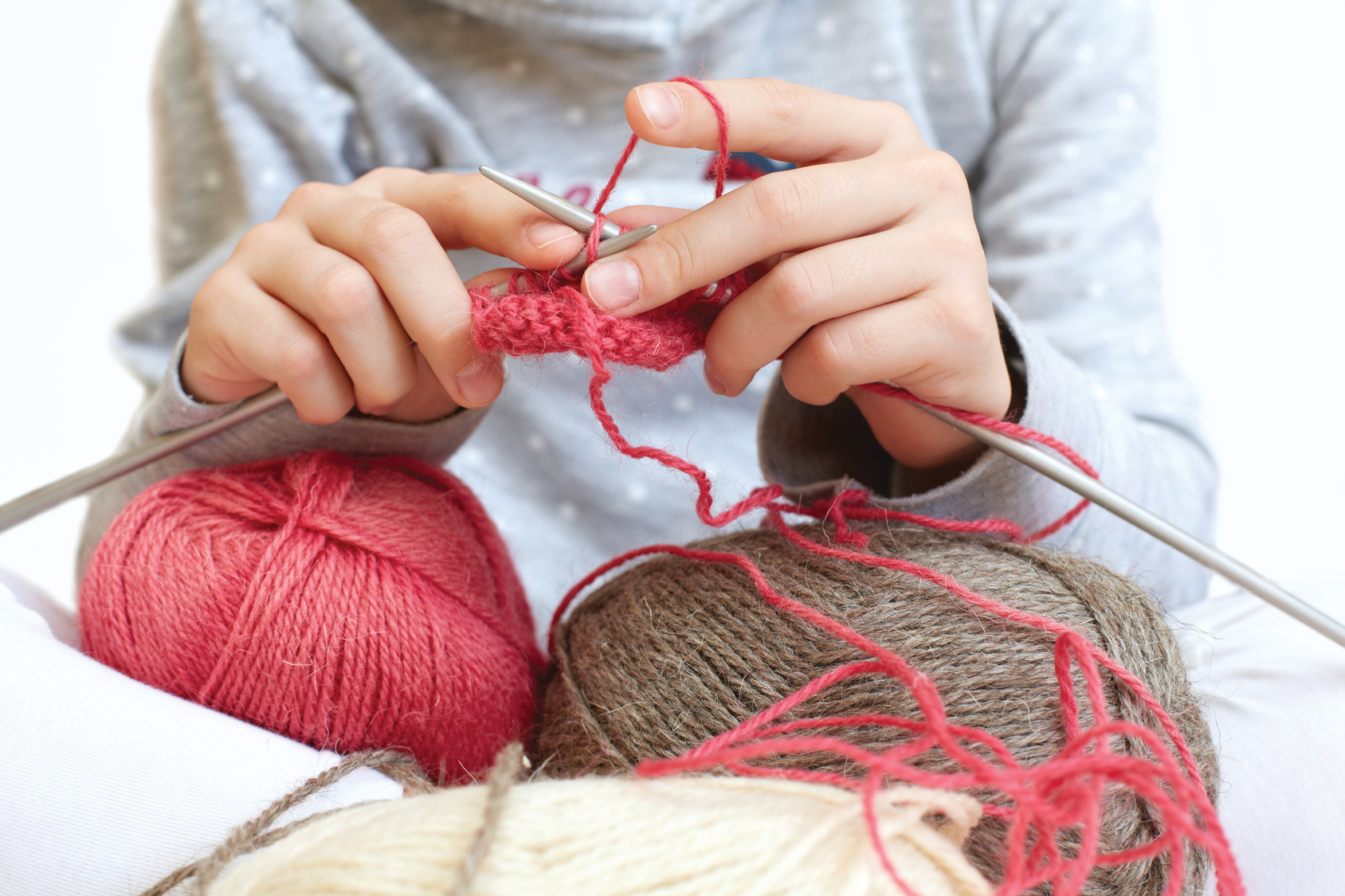You Need a Homeschool Routine — and It's Not Hard to Build One
“We loved the idea of living without a schedule, but we quickly discovered that we were miserable living without a routine.”

It’s part of the magic of homeschooling: Your schedule is totally your own. No early morning obstacle course to make it to the bus stop, no after-school homework sessions fueled by healthy snacks and cajoling, no trying to tuck everyone in bed in time for an optimal night’s sleep. You’re free to wake up at noon, do something different every day, and invent your schedule on the fly.
“We loved the idea of living without a schedule, but we quickly discovered that we were miserable living without a routine,” says Jordan Rankin, who started homeschooling her now-13-year-old twins when they were in fourth grade.
Rankin’s family started out strong, but within a few weeks, they were grumpy, tired, and disoriented. Not having a daily to-do list had felt liberating, but living without a routine proved disorienting. That’s no surprise, says Barbara H. Fiese, a psychologist at Syracuse University who studies family routines and rituals. According to Fiese, reliable routines can have a positive impact on the whole family: Kids with regular routines sleep better, get sick less often, do better in school, and generally exhibit better behavior than children who don’t have a daily routine. This repetition also builds stronger family ties and improves family communication.
A routine is not the same thing as a schedule. You can have a routine and still eschew daily deadlines. The key is to have a few moments that anchor your day — kids know to expect them, and they know what to expect when these moments roll around. However wild, spontaneous, and unplanned the rest of your day may be, routine anchors give days a sense of meaning and continuity. Routines can be as simple as family dinners around the table, morning readalouds on the couch, or walking the dog together before bedtime — they key is to pick moments that fall into a reliable rhythm for your day.
Start slow, and keep it going.
The biggest challenge people run into with starting a homeschool routine is trying to do too much. You’re most likely to succeed if you let your routine develop organically, and one of the most effective ways to do that is to add one piece at a time, giving your life plenty of time to adjust around that piece before trying to add something else. Say you love the idea of family dinner. Get your family dinner up and running, and keep it running for three or four weeks before adding another element to your routine, and the dinner routine is more likely to stick.
Think rhythm, not schedule.
A schedule implies that you’re on the clock, but a rhythm is all about patterns: After breakfast, we light a candle and read a book. After we water the garden, we clean up the front room. On Tuesdays, we go to the park. On Saturday nights, we make pizza. In December, we take the month off. Start by thinking about the year: What are the big annual events that shape your annual schedule? Then look at the month, the week, and finally the daily happenings of your household. A combination of all those elements yields a meaningful family routine.
Acknowledge your natural rhythm.
Rhythms work best when they’re naturally occurring — so if your kids rarely make it down to breakfast before 11 a.m., a wake-up-and-watch-the-sunrise routine might be doomed to fail. Why not watch the sunset together instead? It’s likely that your family has rhythms already — think back to the last few really good days you had together, and look at what the patterns of those days were like. You’ll probably find a clue to what makes a happy routine for your family.
Don’t be afraid to shake things up.
A routine gives your days anchors and expectations — but it also gives you something to break when you need a little dose of adventure. Occasionally shaking up your regular rhythms can be a lot of fun — just as knowing that you have them to go back to offers everyone a sense of security and connection.
—Sabrina Diaz
This was originally published in the summer 2019 issue of HSL.
Whether you live to color-code or need a system that flexes and changes with your family’s needs, keeping good homeschool records is essential. And you can do it — all you need is a system that you’ll actually use.
Aminata and Malcolm have discovered that a purposeful morning routine is the perfect start to their homeschool day.
When your homeschool starts to feel like more work than fun, it’s time to make a change.
Jenn’s been struggling to find a balance between the structure and academics she needs and the fun, laidback vibe she wants her homeschool to have.
If your homeschool schedule isn’t making your life happier, easier, and more productive, isn’t it time to change things so that it is? Beverly has some great tips for creating a homeschool schedule that works for you.
Planning your homeschool year is about more than just making a weekly checklist or figuring out what to use for science. If you want your homeschool to grow with you and take your kids where they want to go, keeping these questions in mind can help you stay on track.
The best way to plan your homeschool year is the way that works best for your particular homeschool — and like all the rest of homeschooling, it may require some trial and error to find the right balance. That’s why our “perfect” planning method is adaptable as you need it to be: Use the skeleton to make a loose frame for the year, or go all out and plan every week in advance. It’s your homeschool. Make a plan that works for you.
A homeschool retreat can be inspiration, direction, and sanity saver all in one — and if you don’t have a secular homeschool conference nearby, you can create your own.
Chances are, you’re doing better with this whole homeschool thing than you think you are. These six signs are all indicators that you’re on the right track — and we think that’s something you should celebrate.
5 surprising ways to build a homeschool life that works for your whole family — including you. “If your homeschool isn’t giving you personal satisfaction most of the time, something needs to change.”
It’s easy to get so caught up in your everyday to-learn lists that you lose sight of the bigger picture of what you want your homeschool life to feel like.
Reinventing your homeschool is just part of the process, but this six-step process will help your homeschool grow in the ways that work best for your family.
Your official last day of school can be whenever you want—so pick a date that matches your family’s homeschool rhythm (or don’t pick a date and have a year-round homeschool).
Truly, the biggest hurdle to cobbling my own history curriculum together has been organizing the resources in such a way that I know where they are, I remember all of the ideas that I had, and I don’t leave anything out.
This easy organization method won’t stress you out and will make your life a whole lot easier when you start working on transcripts and other official paperwork for high school graduation.
Planning out your year doesn’t have to be scary or stressful.
February 11 is National Clean Out Your Computer Day, but do you really need an excuse? Get all those curriculum plans, worksheets, and other great ideas organized so you can find them when you need them.
What you can do is engage in the process of putting the spark back in your homeschool exactly the same way you started your homeschool in the first place: with patience, trial and error, and a little expert advice to get you started.
When you get that stuck-in-a-rut feeling — and we all do sometimes — these simple-to-pull-off changes can make your homeschool feel bright and shiny again.
Don’t let the fact that intersectional homeschooling is a work in progress deter you from making it part of your own homeschool.
“We loved the idea of living without a schedule, but we quickly discovered that we were miserable living without a routine.”
This is my go-to recommendation for new homeschoolers — it's designed to help you find your rhythm, build comfort with leading your students’ learning, and keep the learning going as you find your way. It’s basically a six-month, low-cost-investment guide to starting homeschooling.
We rounded up our readers' best tips to prepare for back-to-school.
A more rigorous homeschool involves pushing further and deeper across the curriculum.
Happiness comes more from our actions than our circumstances: about 40 percent of the average person’s happiness comes from things they do. So to get out of a rut, do something different. It’s almost too easy.
One of the most effective ways to feel happier and more productive? Working with your hands. Winter is the perfect time to start a new project.
You don’t have to do huge renovations to make your learning spaces feel brand new. Here are a few simple ideas that will breath new life into your school space this winter.
Sometimes when you feel stuck, setting a series of goals can help you break out of the blah.
In this five-part series, we’re helping you get through the midwinter slump in your homeschool. First up: Give your routine the boot, and try something new.
Amy Sharony is the founder and editor-in-chief of home | school | life magazine. She's a pretty nice person until someone starts pluralizing things with apostrophes, but then all bets are off.






























A creative learning space is less about actual stuff and more about giving your children space to explore ideas in different ways.